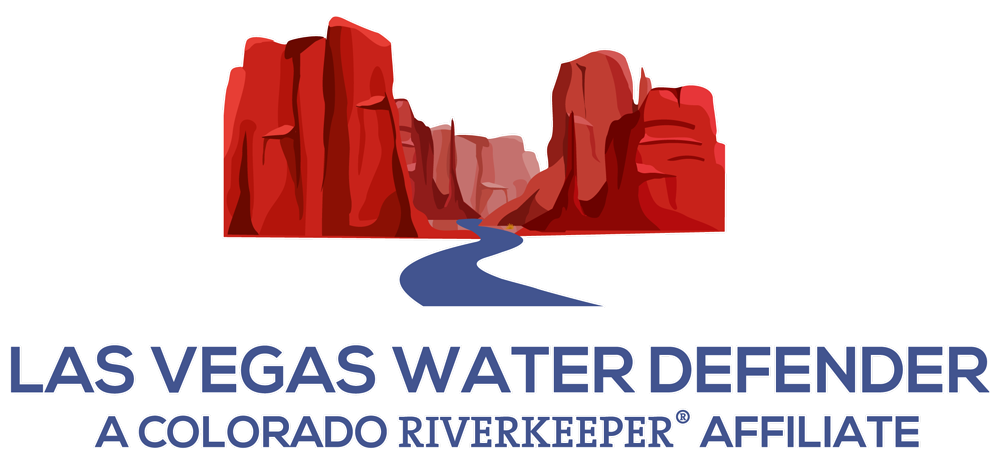The Issues
The Colorado River Compact allocates Nevada 300,000 acre-feet of the river’s water, by far the smallest amount among the compact’s seven U.S. states. Drought conditions have reduced the amount of water available and climate change has reduced snowpack in the Rocky Mountains that feed the Colorado River and increased evaporation in reservoirs leading to even lesser supplies of water. On top of that, the Colorado River Compact is inherently flawed due to the fact the original negotiators overestimated the amount of water available to be allocated in the first place. The water determination was based on an unusually wet period and failed to take dry periods into account. The compact allocates less water than has ever been available. The only way to fix the river’s fundamental supply-demand problem is to go back to the beginning.
Glen Canyon Dam Needs to Go
Glen Canyon Dam drowned a canyon and changed the river’s ecology. Climate change increases the cycles of extreme droughts and extreme floods, making the dam system vulnerable. Glen Canyon Dam has long been known to be a risk. The most recent flood approaching the observed 100-year average on the Colorado occurred 130 years ago. In 1884, twice the average annual flow of the river passed through Grand Canyon from April to July. The current system has yet to face half of this water volume. When it did in 1983, the spillways at Glen Canyon Dam above Grand Canyon National Park nearly collapsed.
Better Water Quality Standards
We need to improve quality standards in Lake Mead because the water available is affected dramatically as water supplies are reduced due to lower snowpack, increased evaporation and ongoing drought conditions. Drought conditions in the region have lowered lake levels more than 150 feet, which concentrate contaminants. Nearly 90 percent of the water Las Vegas uses comes from Lake Mead. Most of the lake’s water originates as snowmelt in the Rocky Mountains that flows down the Colorado River.
